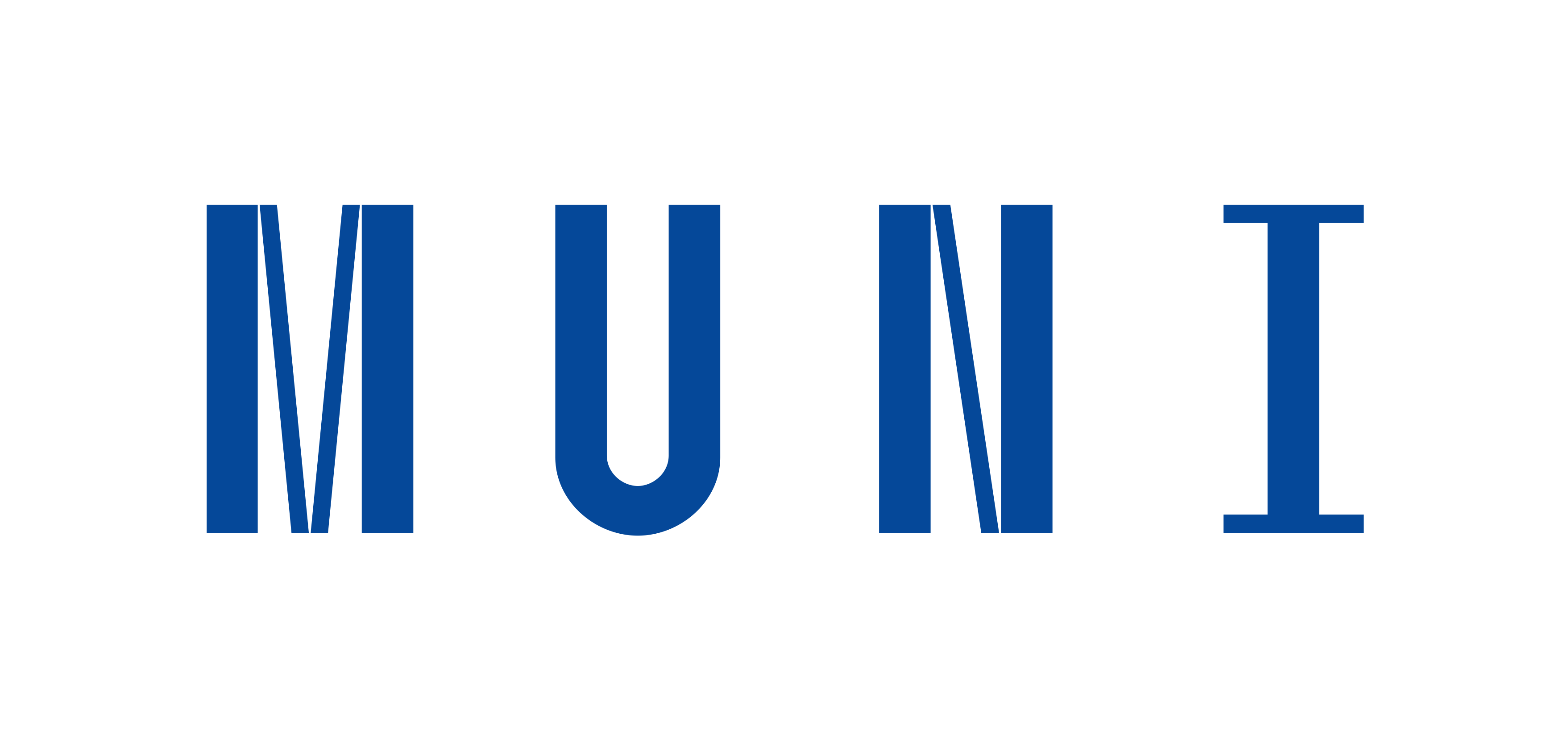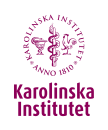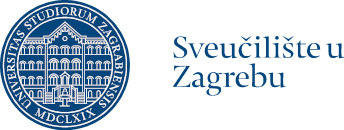List of resources - Global Standards in Medical Education
1. Abdullah E, Lone M & Balta J. (2020) Student-centered learning in the anatomy laboratory: medical students’ perspective. Med Sci Educ, 30(4): 1459-1464. DOI: 10.1007/s40670-020-01094-w
2. Bond A, Kelsey A & Aitken G. (2023) The future of anatomy teaching post-pandemic: An academic viewpoint. Anat Sci Educ, 16(6): 1121-1133. DOI: 10.1002/ase.2308
3. Boniol M, Kunjumen T, Nair TS, Siyam A, Campbell J & Diallo K. (2022) The global health workforce stock and distribution in 2020 and 2030: a threat to equity and ’universal’ health coverage? BMJ Glob Health, 7(6). DOI: 10.1136/bmjgh-2022-009316
4. Bremner N, Sakota N & Cameron L. (2022) The outcomes of learner-centred pedagogy: A systemic review. Int J Educ Dev, 94:102649. DOI: 10.1016/j.ijedudev.2022.102649
5. Choudhury B & Freemong A. (2017) Assessment of anatomical knowledge: Approaches taken by higher education institutions. Clin Anat, 30(3): 290-299. DOI: 10.1002/ca.22835
6. Enabulele O & Enabulele JE. (2022) Pre-service medical education course completion and drop-out rates. Hum Resour Health, 27:20(1): 88. DOI: 10.1186/s12960-022-00785-2
7. Fu X, Wu X, Liu D, Zhang C, Xie H, Wang Y & Xiao L. (2022) Practice and exploration of the “student-centered” multielement fusion teaching mode in human anatomy. Surg Radiol Anat, 44: 15-25. DOI: 10.1007/s00276-021-02866-8
8. General Medical Council (UK). Student professionalism and fitness to practise. https://www.gmc-uk.org/education/standards-guidance-and-curricula/guidance/student-professionalism-and-ftp
9. Haruta J, Nakajima R & Monkawa T. (2024) Development of a validated assessment tool for medical students using simulated patients: an 8-year panel survey. BMC Med Educ, 24: 399. DOI: 10.1186/s12909-024-05386-2
10. Hefny AF, Albawardi A, Khan MAB, Fathi MA & Mansour NA. (2024) Students’ perspectives on their early dropout of medical school. J Educ Health Promot, 13:36. DOI: 10.4103/jehp.jehp_683_23
11. Hilton S & Southgate L. (2007) Professionalism in medical education. Teach Teach Educ, 23(3); 265-279. DOI: 10.1016/.tate.2006.12.024
12. Iwanaga J, Loukas M, Dumont AS & Tubbs S. (2021) A review of anatomy education during and after the COVID-19 pandemic: Revisiting traditional and modern methods to achieve future innovation. Clin Anat, 34(1): 108-114. DOI: 10.1002/ca.23655
13. Karle H. (2006) Global standards and accreditation in medical education: a view from the WFME. Acad Med, 81(12 Suppl): S43-8. DOI: 10.1097/01.ACM.0000243383.71047.c4
14. Lawson E. (2023) The global primary care crisis. Br J Gen Pract, 73: 726. DOI: 10.3399/bjgp23X731469
15. McKerrow I, Carney PA, Caretta-Weyer H, Furnari M & Miller Juve A. (2020) Trends in medical students’ stress, physical, and emotional health throughout training. Med Educ Online, 25(1): 1709278. DOI: 10.1080/10872981.2019.1709278
16. Morreale MK, Balon R, Louie AK, Guerrero APS, Aggarwal R, Coverdale J, Beresin EV & Brenner AM. (2023) The vital importance of professionalism in medical education. Acad Psychiatry, 47:340-343. DOI: 0.1007/s40596-023-01840-3
17. Nair M, Moss N, Bashir A, Garate D, Thomas D, Fu S, Phu D & Pham, C. (2023) Mental health trends among medical students. Proc (Bayl Univ Med Cent), 36(3): 408-410. DOI: 10.1080/08998280.2023.2187207
18. Noya F, Carr S & Thompson S. (2024) Social accountability in a medical school: is it sufficient? A regional medical school curriculum and approaches to equip graduates for rural and remote medical services. BMC Med Educ, 24: 526. DOI: 10.1186/s12909-024-05522-y
19. O’Neill LD, Wallstedt B, Eika B & Hartvigsen J. (2011) Factors associated with dropout in medical education: a literature review. Med Educ, 45: 440-454. DOI: 10.1111/j.1365-2923.2010.03898.x
20. Rajabali H, Dewji R & Dewji F. (2018) Medical school dropouts: regrettable or required? Med Educ Online, 23(1): 1535739. DOI: 10.1080/10872981.2018.1535739
21. Scheffler RM, Liu JX, Kinfu Y & Dal Poz MR. (2008) Forecasting the global shortage of physicians: an economic- and needs-based approach. Bull World Health Organ, 86(7): 516-523. DOI: 10.2471/BLT.07.046474
22. Sheldon GF, Ricketts TC, Charles A, King J, Fraher EP & Meyer M. (2008) The global health workforce shortage: role of surgeons and other providers. Adv Surg, 42:63-85. DOI: 10.1016/j.yasu.2008.04.006
23. Smith Y. (2023) Physician shortage. News Medical Life Sciences, 3 January. https://www.news-medical.net/health/Physician-Shortage.aspx
24. Tackett S, Grant J & Mmari K. (2016) Designing an evaluation framework for WFME basic standards for medical education. Med Teach, 38(3): 291-296. DOI: 10.3109/0142159X.2015.1031737
25. Weisz G & Nannestad B. (2021) The World Health Organization and the global standardization of medical training, a history. Glob Health, 17(1): 96. DOI: 10.1186/s12992-021-00733-0
26. West CP, Dyrbye LN, Sinsky C, Trockel M, Tutty M, Nedelec L, Carlasare LE & Shanafelt TD. (2020) Resilience and burnout among physicians and the general US working population. JAMA Netw Open, 3(7): e209385. DOI: 10.1001/jamanetworkopen.2020.9385
27. World Directory of Medical Schools. https://www.wdoms.org/
28. World Federation for Medical Education. https://wfme.org/
29. World Medical Association. https://www.wma.net/
30. Wilkinson E. (2023) Medical students face high levels of mental health problems but stigma stops them from getting help. BMJ, 381:p933. DOI: 10.1136/bmj.p933






